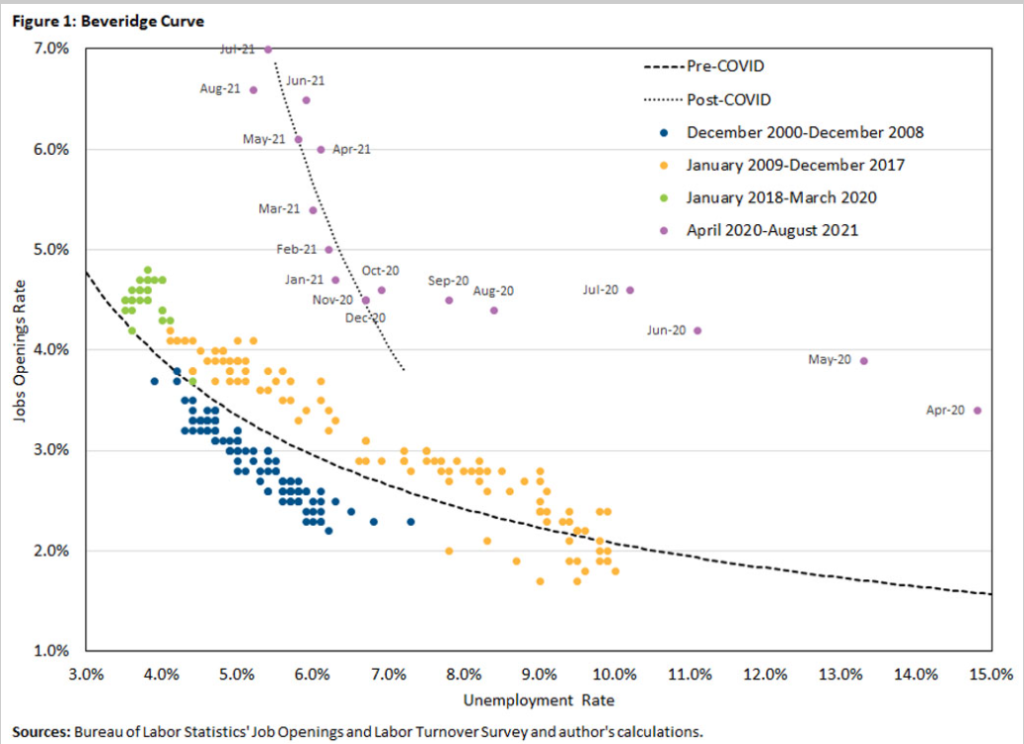Link: https://www.wsj.com/articles/americans-incomes-fell-in-2020-census-figures-show-11631629285
Excerpt:
Americans last year saw their first significant decline in household income in nearly a decade, government data showed, with economic pain from the Covid-19 pandemic prompting government aid that helped keep millions from falling into poverty.
An annual assessment of the nation’s financial well-being, released Tuesday by the Census Bureau, offered insight into how households fared during the pandemic’s first year. It arrives as Washington debates how much more to spend to bolster the economy during the worst public-health crisis in a century.
Median household income was about $67,500 in 2020, down 2.9% from the prior year, when it hit an inflation-adjusted historical high. It came as the U.S. last year saw millions lose their jobs and national unemployment soar from a 50-year low to a high of 14.8%.
The last time median household income fell significantly was 2011, in the aftermath of the 2007-09 recession.
The Census Bureau’s topline income figure includes unemployment benefits but doesn’t account for income and payroll taxes nor stimulus checks or other noncash benefits like federal food programs. If those had been counted, the median household income would have risen 4% to $62,773.
Author(s): John McCormick, Paul Overberg
Publication Date: 14 Sept 2021
Publication Site: Wall Street Journal




